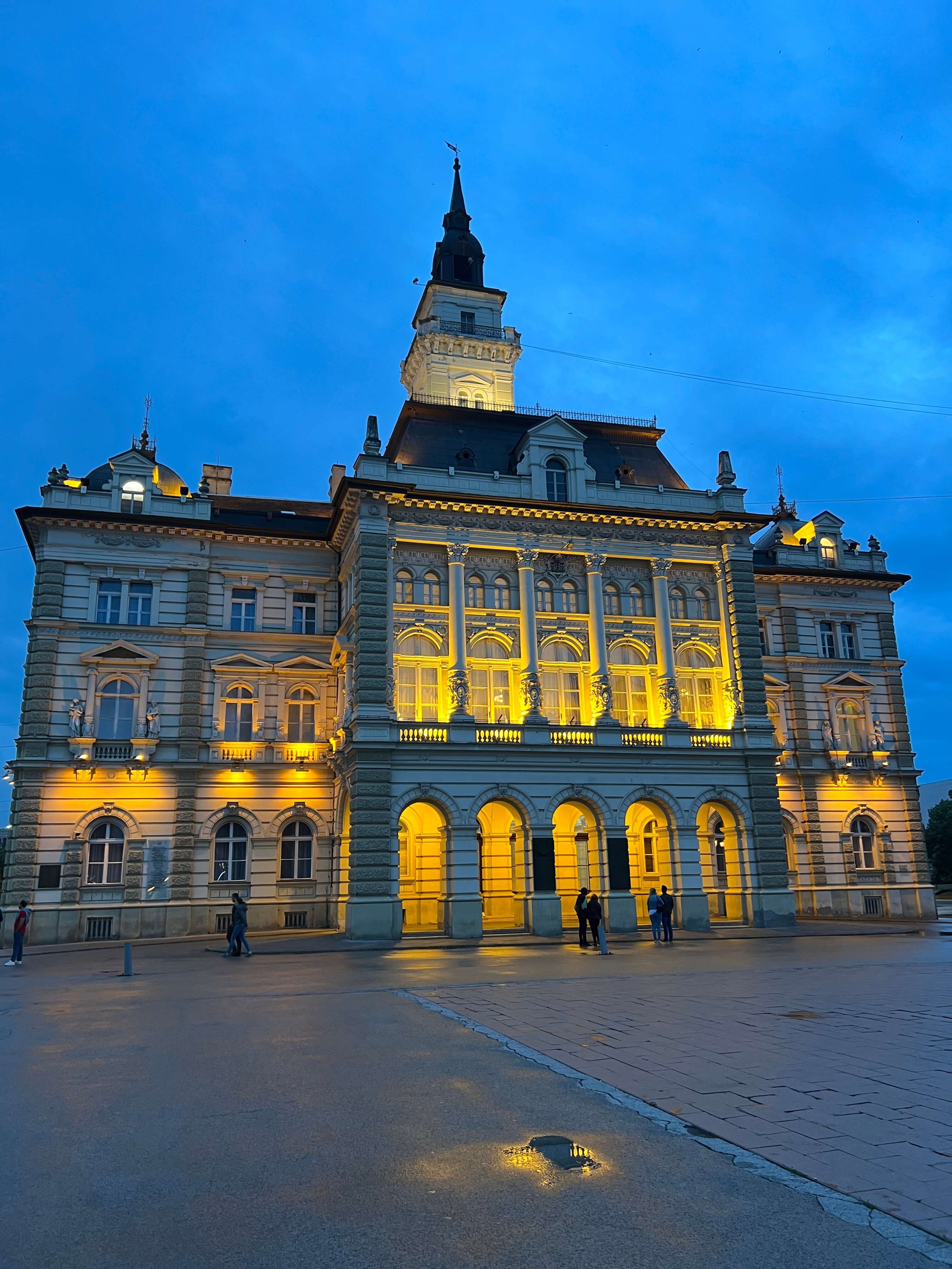Novi Sad, Serbia
As the second biggest city in Serbia and capital of the autonomous Vojvodina Province that sits on the bend of the Danube River, Novi Sad’s history has been an amalgamation of different nations, cultures, customs, and religions since its very inception. Human dwelling on the territory of present-day Novi Sad has been traced as far back as the Stone Age (about 4500 BC).
In current years the town has been described as “a chipper town with all the spoils and none of the stress of the big smoke,” as well as “having a vibe that is overall more liberal than in other Serbian cities.” Lonely Planet says that “Novi Sad isn’t nicknamed the ‘Athens of Serbia’ for nothing; its history as a vibrant, creative city continues today in its established galleries and alternative music scene.” In 2016, Novi Sad was declared the “7th best European destination,” right after Paris, leaving cities like Rome, Milan, Brussels, Madrid and Prague behind. And if that isn’t enough it was also voted the “2019 European Youth Capital,” and the “2022 European Capital of Culture” making Novi Sad the first non-EU city in history to be awarded the honor.
My friend and I are staying in side by side, tiny little studio apartments with the best little balconies in old town. We are tucked down a small, hidden and hard to find alley that we fell in love with. Outside our door is the Bishop’s Palace, sitting at the end of Novi Sad’s main pedestrianised street, Zmaj Jovina. The wide boulevard, the old city’s main artery, is filled with tables and umbrellas belonging to outdoor cafes and bistros and beautiful buildings painted in pastels. The palace is the work of Vladimir Nikolić, although Nikolić’s worries about public perception meant the project was attributed to Hungarian architect Ferenc Raichle. The palace is also fronted by a statue of another Novi Sad great, poet Jovan Jovanović Zmaj, and yes the street is named after him.
Trg Slobodan (Freedom Square), Novi Sad’s main square & city center, sits between two of the city’s most impressive buildings. The neo-gothic Catholic Cathedral stands opposite the neo-renaissance town hall, divided by a statue of Novi Sad’s “greatest” politician, Svetozar Miletić. Many of the most important political and cultural events in the city’s history have taken place here, and if last night is any indication it acts as the gathering place of locals and visitors alike with outdoor street parties everywhere.

































